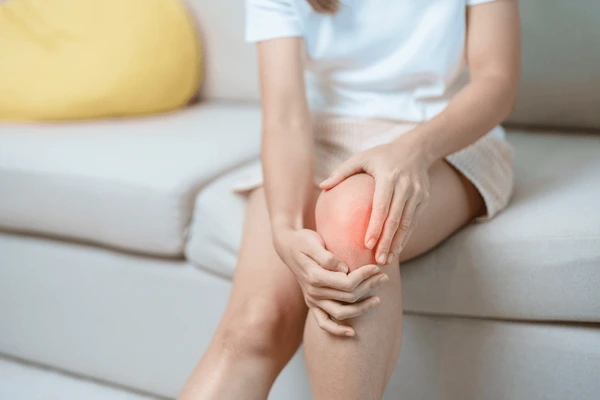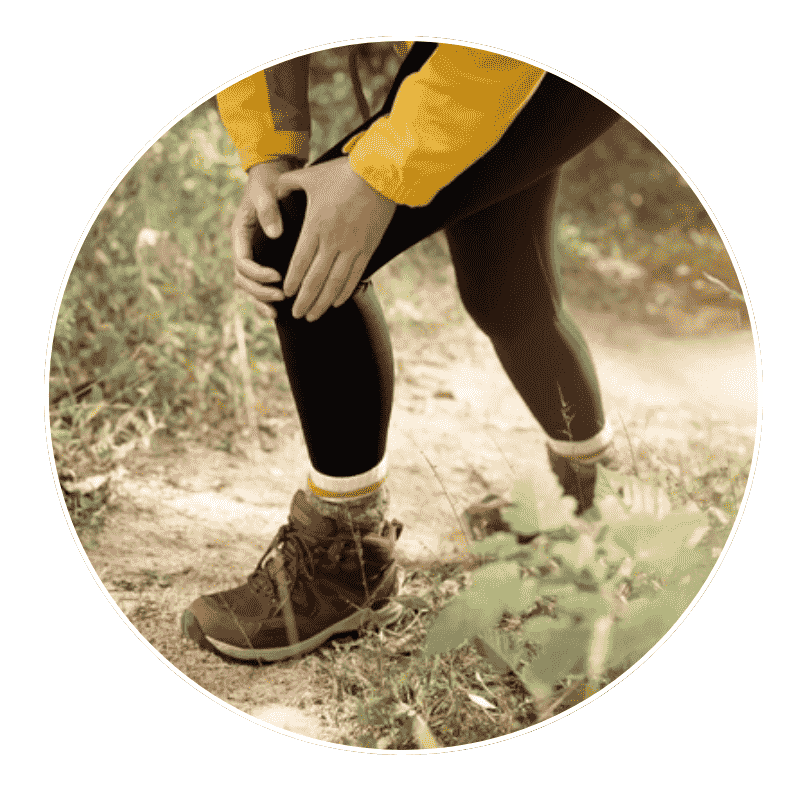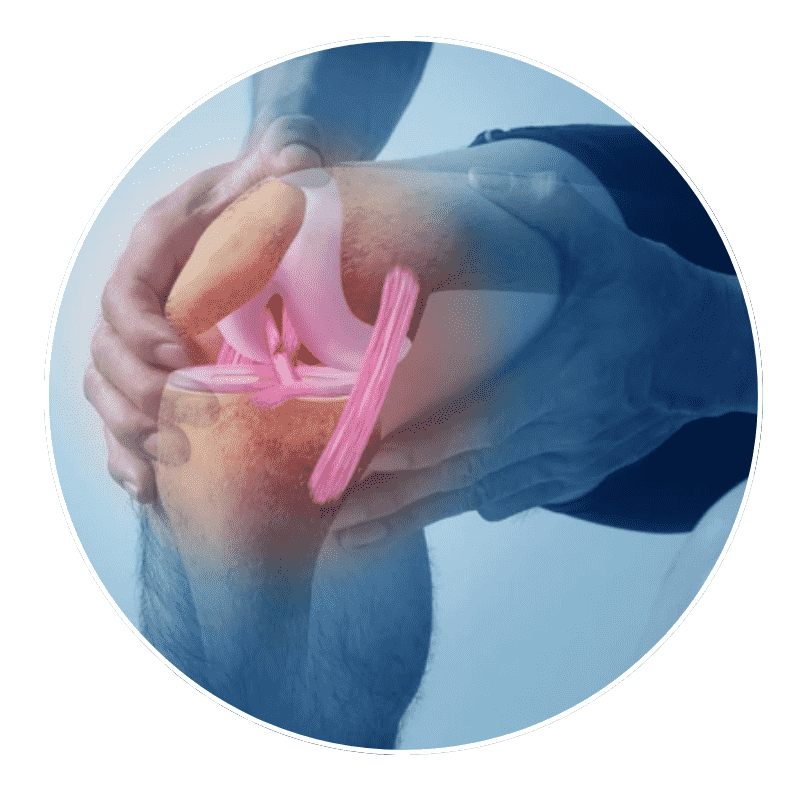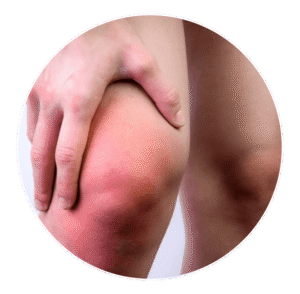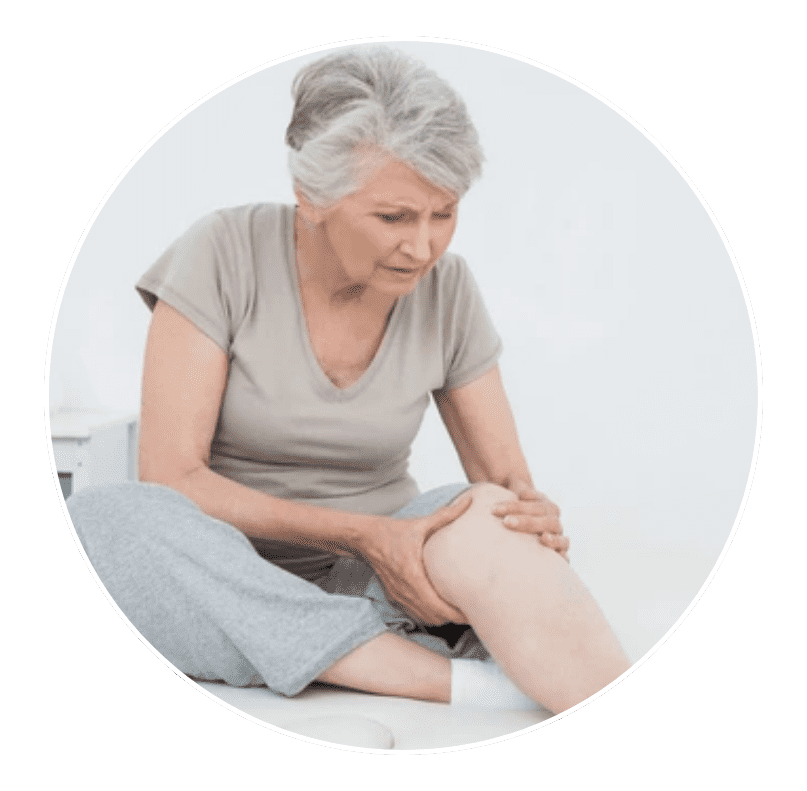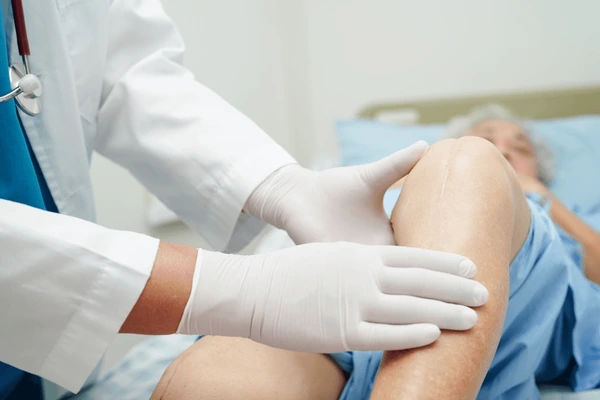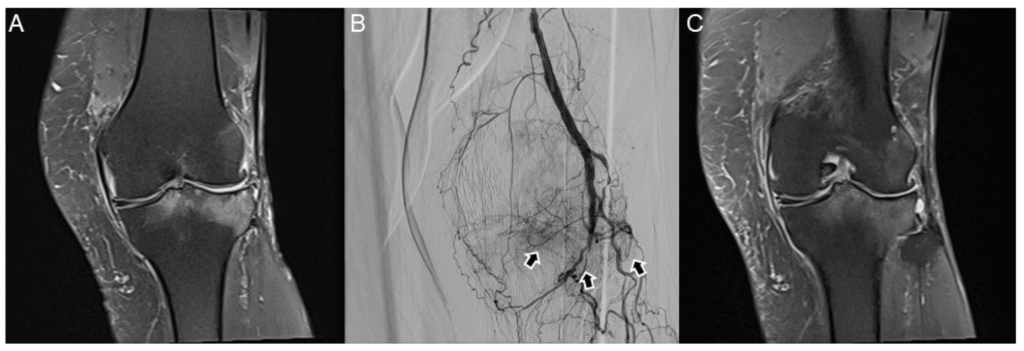What causes Knee Pain in Osteoarthritis?
Knee osteoarthritis is caused by the gradual breakdown of cartilage — the smooth, slippery tissue that cushions your knee joint. As the cartilage wears away, the bones of your knee begin to rub against each other, triggering pain, stiffness, and inflammation.
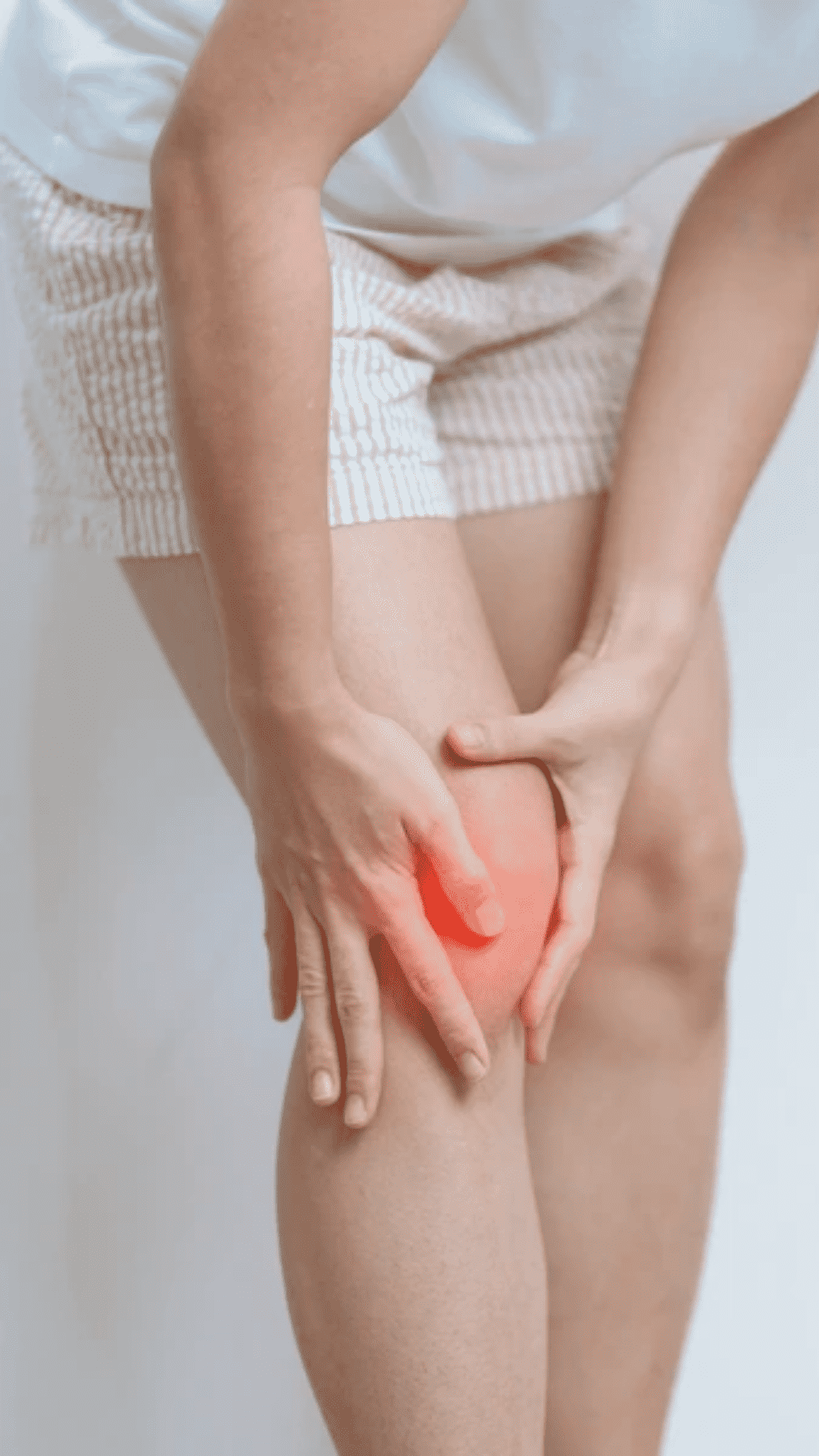
Several factors leading to this condition are:
- Repetitive stress on the knee
- Previous knee injury
- Obesity
- Genetics
- Aging

